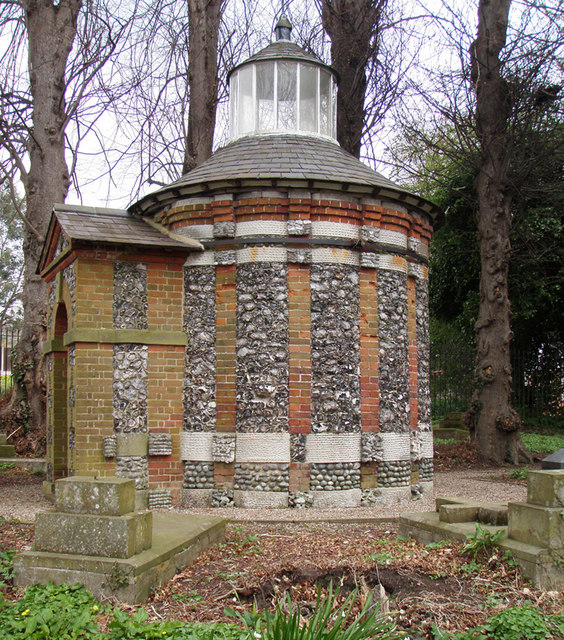Hales Place on:
[Wikipedia]
[Google]
[Amazon]
The residential area known as Hales Place is part of the
 The area is named after a former grand house, Hales Place, itself named after the Hales family (
The area is named after a former grand house, Hales Place, itself named after the Hales family (
''Historic Canterbury'' Hales Place replaced an older house called Place House which was situated on land originally owned by the Manwood Family. Construction of Hales Place (the house) took place sometime between 1766 and 1769 just north of the road now called The Terrace.Hales Family Estates
''The National Archives''OS Six Inch 1888-1913
''National Library of Scotland'' - adjust overlay transparency The Terrace is so named as it is where the house's terrace was situated, a terrace which commanded "a most beautiful view of the metropolitan city of Kent". The northern, western and southern boundaries of the area now known as Hales Place are largely coterminous with those of the parkland in which the house was situated. Ownership remained in the Hales family until 1880, when it was sold to exiled Jesuits from Lyon and turned into a college. The college was popular with the French nobility who sent their sons there to learn away from political persecution in France. In 1928 the estate was sold and the house was demolished in the following years. Its chapel (originally aFolly Farm
''Historic England''
civil parish
In England, a civil parish is a type of administrative parish used for local government. It is a territorial designation which is the lowest tier of local government below districts and counties, or their combined form, the unitary authority ...
of Hackington
Hackington is an area of Canterbury in Kent, England, also known (especially historically) as St Stephen's, incorporating the northern part of the city, as well as a semi-rural area to the north.
It is an ancient ecclesiastical parish, with the ...
, and lies to the north of the city of Canterbury
Canterbury (, ) is a City status in the United Kingdom, cathedral city and UNESCO World Heritage Site, situated in the heart of the City of Canterbury local government district of Kent, England. It lies on the River Stour, Kent, River Stour.
...
in Kent
Kent is a county in South East England and one of the home counties. It borders Greater London to the north-west, Surrey to the west and East Sussex to the south-west, and Essex to the north across the estuary of the River Thames; it faces ...
, England. The residents include large numbers of students from the nearby University of Kent
, motto_lang =
, mottoeng = Literal translation: 'Whom to serve is to reign'(Book of Common Prayer translation: 'whose service is perfect freedom')Graham Martin, ''From Vision to Reality: the Making of the University of Kent at Canterbury'' ...
.
History
 The area is named after a former grand house, Hales Place, itself named after the Hales family (
The area is named after a former grand house, Hales Place, itself named after the Hales family (Sir Edward Hales, 3rd Baronet
Sir Edward Hales, 3rd Baronet (28 September 1645 – October 1695) was an English politician who sat in the House of Commons of England from 1679 to 1681. He became a Catholic and supported King James II at the time of the Glorious Revolution.
Ba ...
and his eldest son E. Hales, esq.) who bought the land in 1675.Hales Place''Historic Canterbury'' Hales Place replaced an older house called Place House which was situated on land originally owned by the Manwood Family. Construction of Hales Place (the house) took place sometime between 1766 and 1769 just north of the road now called The Terrace.Hales Family Estates
''The National Archives''OS Six Inch 1888-1913
''National Library of Scotland'' - adjust overlay transparency The Terrace is so named as it is where the house's terrace was situated, a terrace which commanded "a most beautiful view of the metropolitan city of Kent". The northern, western and southern boundaries of the area now known as Hales Place are largely coterminous with those of the parkland in which the house was situated. Ownership remained in the Hales family until 1880, when it was sold to exiled Jesuits from Lyon and turned into a college. The college was popular with the French nobility who sent their sons there to learn away from political persecution in France. In 1928 the estate was sold and the house was demolished in the following years. Its chapel (originally a
dovecote
A dovecote or dovecot , doocot ( Scots) or columbarium is a structure intended to house pigeons or doves. Dovecotes may be free-standing structures in a variety of shapes, or built into the end of a house or barn. They generally contain pige ...
) and the burial ground still remain, located by the Tenterden Drive layby.
Folly Farm, a grade II listed building
In the United Kingdom, a listed building or listed structure is one that has been placed on one of the four statutory lists maintained by Historic England in England, Historic Environment Scotland in Scotland, in Wales, and the Northern Irel ...
with early 17th century origins, stands at the far east of the area.''Historic England''
References
External links
* Villages in Kent {{kent-geo-stub